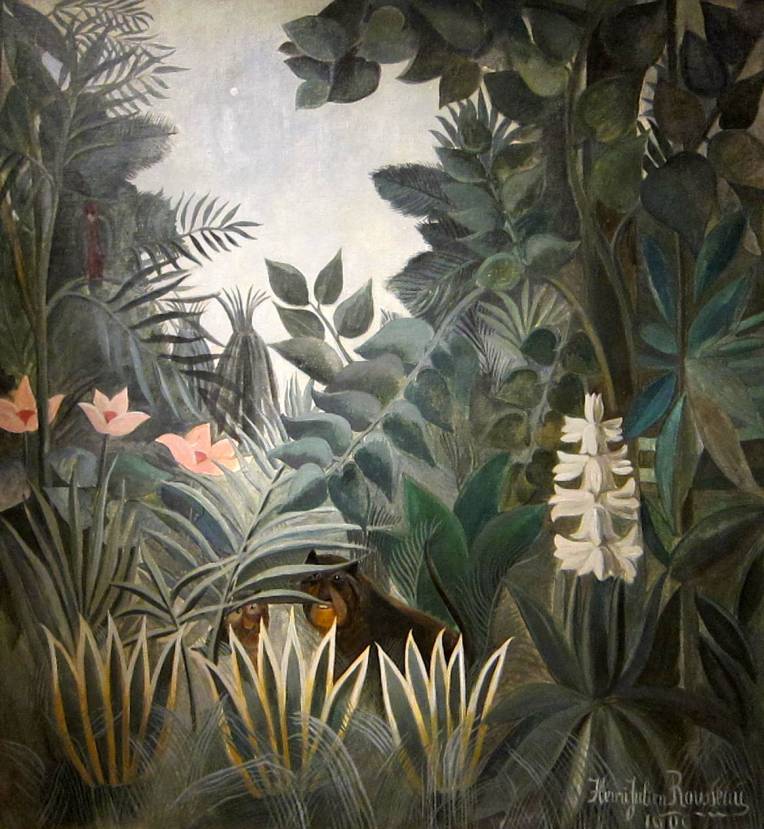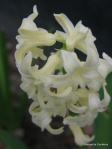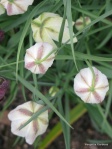The Plants For Malvern Show
The brief for Malvern Spring Show is to depict a painting, photograph, or view in plants.
So, having decided on the Painting, “The Equatorial Jungle” by Henri Rousseau, and the type of plants, (shade lovers), I also thought it would be good to use as many British native plants as possible.
That was the plan, but to quote Robert Burns,
“ The best laid schemes o’ mice an’ men, Gang aft a-gley”
The batteries on my Chrystal Ball were obviously flat and I failed to foresee that this would be a very strange Stop-Start Spring.
The Aquilegias I had planned for the border flowered weeks ago (and very pretty they were too). Substitutes have proven to be elusive, however, I have discovered three plants in my own garden. They are the progeny of a rather delicate pink columbine, but I fear given the promiscuous nature of Aquilegia they may not take after their mother.
Only time will tell and I am fast running out of that at present.
My Chrystal Ball also failed point out that one of the nurseries would let me down at the last minute. Not a huge problem in itself, and all those plants, bar one, have now been sourced from other suppliers. The problem is when you look at the painting not having a white foxglove is a bit of an issue!
My plants are in various locations around the County, some I am growing here in the Teme-Valley. The rest are at Wychbold and Pershore, so happily everything has been sourced from Worcestershire. It has become a real home grown effort and I am hugely grateful to my local suppliers for their help and advice.






















